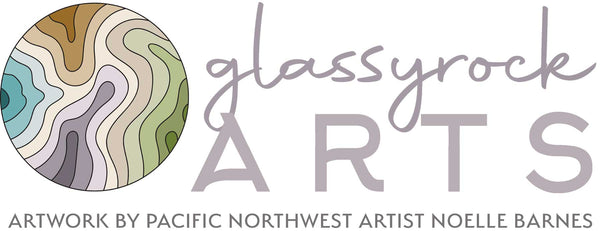
Making Stained Glass with Laser Cut Acrylic and SVG Files
 Have you ever wanted to bring the beauty of stained glass into your home in an easy and affordable way? Laser cut stained glass acrylic is the perfect solution! This creative and modern craft combines traditional stained glass designs with modern laser cut technology to produce a truly unique handmade item. In this article, I’ll show you what laser cut stained glass acrylic is, why you should consider using it, and how to use patterns to create your own pieces.
Have you ever wanted to bring the beauty of stained glass into your home in an easy and affordable way? Laser cut stained glass acrylic is the perfect solution! This creative and modern craft combines traditional stained glass designs with modern laser cut technology to produce a truly unique handmade item. In this article, I’ll show you what laser cut stained glass acrylic is, why you should consider using it, and how to use patterns to create your own pieces.With stained glass laser cut SVG patterns, you can get that classic stained glass look in an easier and more accessible way. It’s super fun and pretty easy once you know the settings on your laser cutting machine.
First, let’s review what stained glass is. On a typical stained glass piece, an artist would have a design that they want to create out of glass. The artist would then score, break, grind, and assemble the stained glass pieces, and then copper foil those pieces and solder them together. After careful cleaning, and perhaps adding lead edging, the artist could choose to either leave the solder and lead silver, or add a patina to stain the metals black or copper.

So how do we re-create that stained glass look in acrylic? We essentially work backwards. When you’re cutting acrylic as if it were stained glass, you need two things in a file: the outlines and the inlays. First you choose your outline color, which will represent the “solder” – in the photos on this page, I’ve chosen to use black. The SVG files available on this site have all been pre-set to cut beautiful smooth outlines, based on my work as a stained glass artist.
Then, the even more fun part – the “glass” or inlays. These pieces are cut out of different color acrylics depending on your preference. In the photos on this page, you can see that I’ve chosen many different colors depending on what I’m creating. The most important component, though, in cutting out these inlay pieces is something called kerf.

The word kerf originated in the worlds of woodworking and mining, and it referred to the amount of material that was lost when using a saw or cutting torch when cutting through materials like wood, coal, or minerals in rock. In our very modern laser times, kerf refers to the amount of material that the laser burns away – how much acrylic is “eaten up” by the laser – and therefore how much you have to adjust the size of your inlays a tiny bit larger (yes, larger) so that they can appropriately fit inside the outlines, in this case.
The tricky thing is, I can’t tell you what your kerf is! Every machine is different, and this is because the shape and width of a laser from machine to machine varies. The very best advice I can give you is to check with your machine’s specs – or, if you want to go deep down the rabbit hole of kerf, I suggest you check out this handy YouTube video or, if you have a Glowforge, skip right to this one.
No matter how you do it, accurate kerf on a laser cutter machine is a crucial step in ensuring accurate and precise cuts. It's important to note that the kerf width may vary based on the material being cut and the power of the laser, so it's important to perform test cuts and make adjustments as necessary.
Now that the techie stuff is out of the way – this is really fun, you guys. If you have a laser cutter, or if you have access to one at a local library or maker space, I encourage you to download a pattern, buy a few sheets of acrylic, and get making. It’s a really fun way to explore the world of stained glass in a safer, more economical way!

